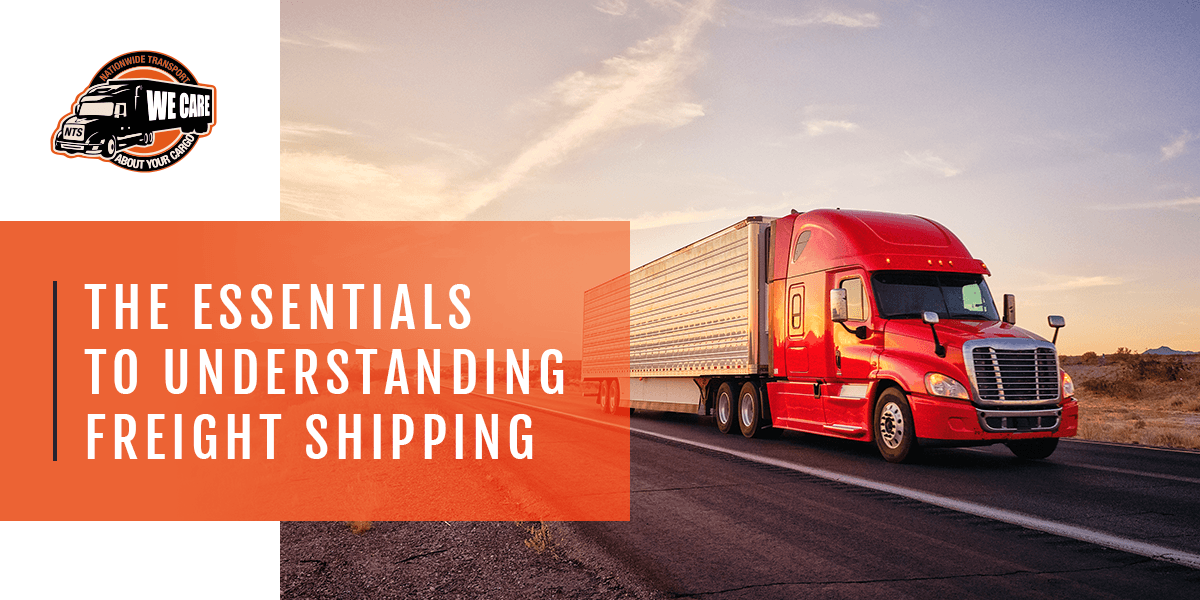Dry Van
Logistics Term
Dry Van Definition
A dry van trailer is a fully enclosed semi-trailer that doesn't need climate-controlled temperatures to transport dry freight. Dry van trailers protect cargo and freight from the road's natural elements and wear and tear. Because dry vans are enclosed, they can't carry oversize loads.
Dry Van Trailer Types
Dry van trailers come in a variety of types and sizes. These include:
- 26 Foot Dry Van Trailer
- 24' x 8' x 8'6”
- Max Weight Capacity: 10,000 Pounds
- 28 Foot Dry Van Trailer
- 28' x 8' x 9'
- Max Weight Capacity: 24,500 Pounds
- 48 Foot Dry Van Trailer
- 48' x 8'6” x 8'6”
- Max Weight Capacity: 43,000 Pounds
- 53 Foot Dry Van Trailer
- 53' x 8'6” x 8'6”
- Max Weight Capacity: 45,000 Pounds

or